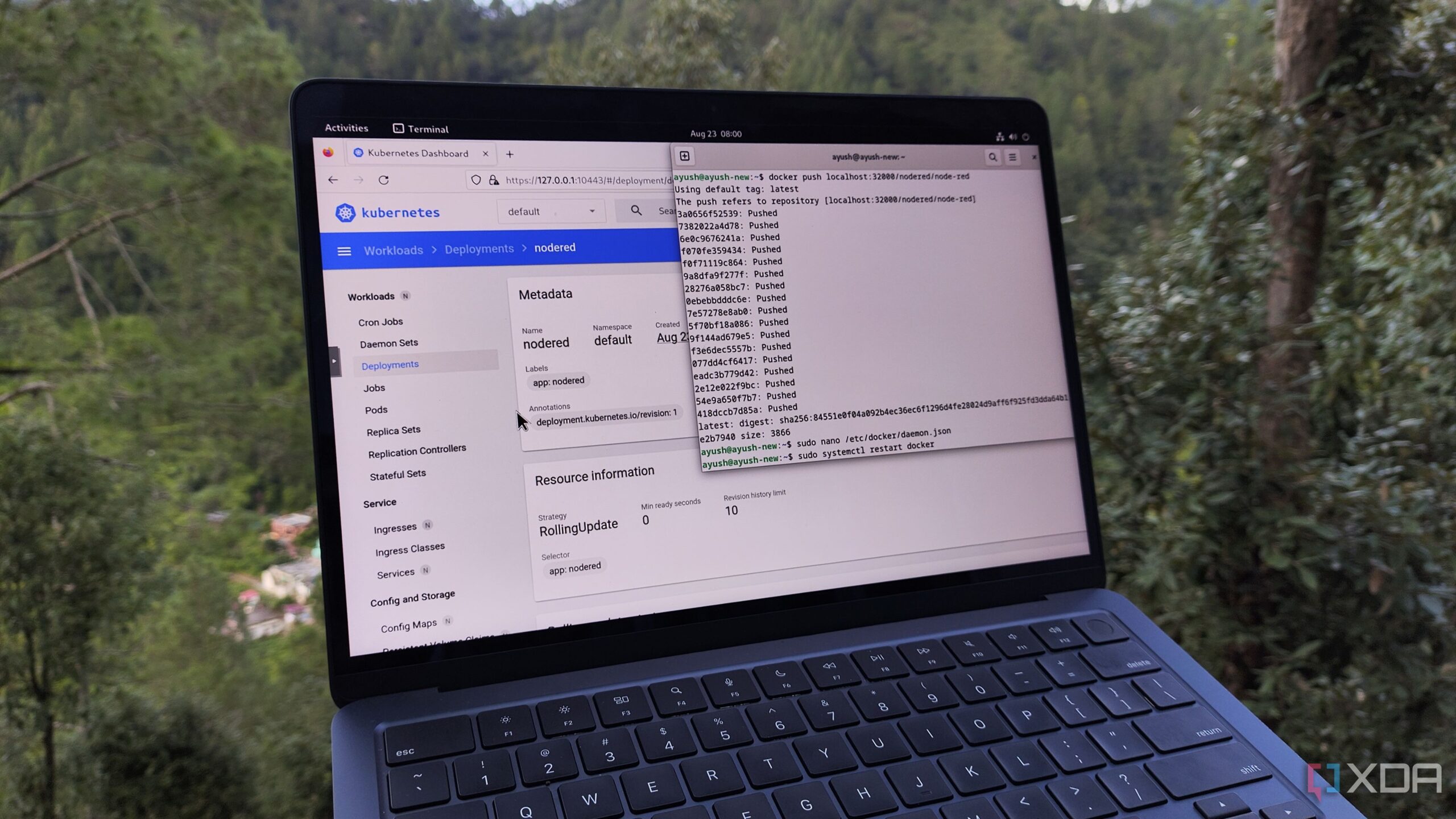URGENT UPDATE: The latest insights reveal the top five Linux distributions for building efficient Kubernetes clusters. These distros cater to both DIY enthusiasts and professionals seeking to enhance their container orchestration skills. With containerization becoming the backbone of modern workloads, now is the perfect time to dive into Kubernetes.
The demand for reliable self-hosted workloads has skyrocketed, and containerized applications are leading the charge. They require significantly less resource consumption compared to traditional virtual machines, allowing users to transform even outdated systems into powerful self-hosting nodes.
Here are the best picks for your Kubernetes journey:
1. Raspberry Pi OS
Raspberry Pi boards are surprisingly robust for containerization. You can deploy a low-power Kubernetes cluster using just a few Raspberry Pi single-board computers (SBCs) and a router. The Raspberry Pi OS, especially the CLI version, is highly recommended for its excellent performance and pre-installed packages.
For those running MicroK8s, ensure to add the flags cgroup_memory=1 and cgroup_enable=memory to the /boot/firmware/cmdline.txt file for optimal function.
2. Harvester + Rancher/RKE2
Known for its virtualization capabilities, Harvester integrates seamlessly with Rancher tools, offering an enterprise-level Kubernetes management experience. Users can experiment with a Harvester + Rancher setup, which supports building Kubernetes clusters and deploying Rancher’s management interface in virtual machines.
However, be cautious; Harvester’s high resource requirements may pose challenges for creating a foolproof Kubernetes cluster.
3. Debian
For those who prefer stability, Debian stands out as a reliable choice. It is one of the most stable Linux distributions available, making it ideal for running Kubernetes workloads, especially on non-Raspberry Pi SBCs, thanks to its solid compatibility with ARM devices.
4. Fedora CoreOS
After being rebranded by Red Hat in 2020, Fedora CoreOS is designed specifically for container-heavy workloads. With support for Podman, CRI-O, and Docker’s CLI tools out-of-the-box, it saves users from the hassle of manual installations. Its configuration can be easily modified using a Butane config document, providing robust recovery options to safeguard your Kubernetes stack.
5. Talos Linux
For a hardened approach, Talos Linux is tailored for running Kubernetes clusters. It features an API-based setup with mutual TLS (mTLS) authentication, enhancing security. Users can make changes to control and worker nodes using declarative YAML files. With a small footprint, Talos allows Kubernetes to utilize maximum system resources for orchestration tasks.
Other noteworthy distributions include DietPi, which can turn weak SBCs into reliable container hosts, and Alpine Linux, known for its minimalistic design but may present compatibility challenges due to its reliance on the musl library.
As containerization continues to shape the tech landscape, choosing the right Linux distribution is crucial for maximizing your Kubernetes experience. Explore these options now to build your own efficient Kubernetes cluster!
Stay tuned for updates on the latest developments in container technology! Share your thoughts and experiences with these distributions on your social platforms!





































































